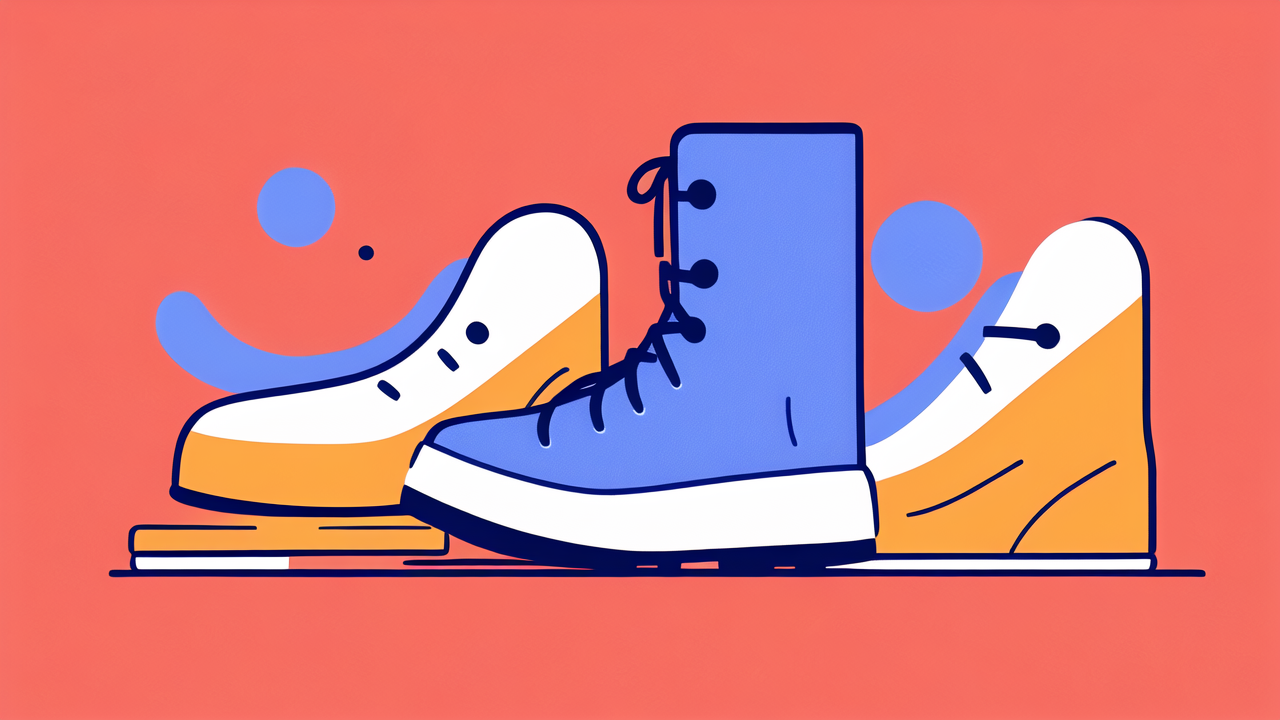Forgot Password
Enter your email address and we will send you a link to reset your password.For security sign in links are valid for 30 minutes.
Your cart is empty
Athlete's Foot is a skin issue. It is also called tinea pedis. It happens when a fungus grows on feet. This fungus likes warm and wet places. Such as between toes. It can make feet itch, burn, or peel. Without care, it can grow and spread.

Athlete's foot is not fun. Look out for itchy skin between your toes. Also, red patches, blisters, or dry skin. These can spread to soles and nails. Feet might smell bad too. It's a fungus issue that loves damp boots. If you notice these signs, act fast. Keep feet clean and dry to fight it. Change socks often and use anti-fungal cream if needed.
Athlete's foot is often caused by fungus. This fungus loves warm, moist places, like sweaty boots. Wearing damp socks or shoes helps the fungus grow. Public pools or showers can also spread it. Sharing towels or footwear is risky too. Feet can catch the fungus if skin is hurt. Tight shoes that don't breathe make it worse. Skipping foot care also adds to the risk. It’s common for athletes who wear tight footwear.
Athlete's Foot is a common issue among boot wearers. Boots trap moisture, creating a perfect place for fungus. This is more likely in tight or non-breathable footwear. Sweat and heat in boots add to the risk. Wearing the same boots often can also cause problems. Those with an American flag design or military style don't change the risk. It all depends on the material and fit. Choosing boots wisely is key to avoid Athlete's Foot.
Shoes play a key part in foot health. The right boots stop athlete's foot. They must let feet breathe. Pick boots with air flow to cut dampness. Dry feet mean less fungus growth. Choose materials like leather or mesh. Avoid tight boots that rub. Make sure they fit well. Look for boots with antimicrobial features. This stops bacteria and fungus. A good insole can also help keep feet dry. Change your socks often to keep feet fresh. Select boots with these points in mind to guard against athlete's foot.
Many over-the-counter (OTC) options can treat Athlete's Foot. Here's a list:
Look for products with ingredients like terbinafine or clotrimazole. Always read labels and follow instructions. If symptoms persist, see a doctor.
If your athlete's foot symptoms don't improve, it's time to see a doctor. Look for signs like frequent pain, rash spread, or toenail problems. These can be clues you need medical help. Also, if you have diabetes, seek advice right away if you suspect athlete's foot. Your doctor can offer stronger treatments like prescription creams or oral meds. Don't wait too long, as athlete's foot can worsen or cause other infections.